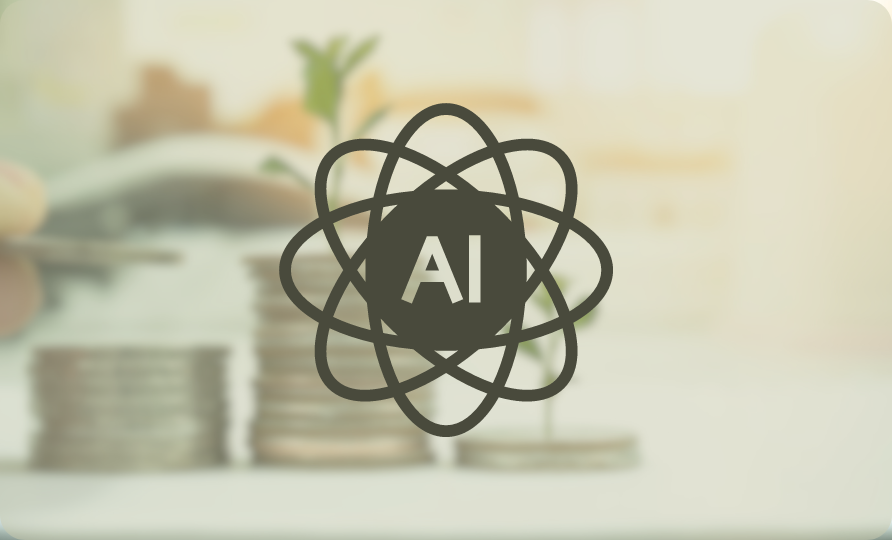In the ever-evolving landscape of end-point assessment (EPA), the pressing need for efficiency has emerged as a paramount concern. As the demand for assessments continues to surge, the ability of the EPA sector to scale efficiently faces immense strain. To meet this challenge head-on and navigate the complex web of apprenticeship standards, EPA organizations (EPAOs) are turning to Artificial Intelligence (AI) as a powerful ally. This article explores the transformative potential of AI in the EPA sector for 2024 and beyond, shedding light on the promising applications that could redefine the future of end-point assessments.
As the EPA sector braces for the demands of 2024, the imperative of enhancing efficiency remains at the forefront. The numbers speak volumes: from 2020/21 to 2022/23, the EPA sector witnessed a remarkable surge in apprenticeship completions, with EPAs completed soaring from 13,405 to over 110,000. This exponential growth underscores the urgency of finding innovative solutions to optimize the assessment process.
Redefining Assessment with AI
In the quest for greater efficiency, the potential of AI in revolutionizing EPA operations cannot be overstated. Beyond its conventional role in preventing cheating, AI can serve as a strategic ally in multiple facets of end-point assessments.
1. Question bank generation
One of the most promising applications of AI lies in the generation of question banks. Large Language Models (LLMs) can seamlessly integrate into the question authoring system. This enables the automatic creation of assessment questions based on inputted occupational standards. Experts can then focus on refining questions rather than laboring to create them from scratch. The result? Substantial time and cost savings for EPAOs without compromising the quality of assessments.
2. Administrative efficiency
Efficiency gains extend to the administrative domain. AI can streamline the logistical challenges often associated with the EPA. For instance, online booking platforms powered by AI can coordinate candidate and assessor schedules, allowing candidates to book exams promptly. This translates to reduced costs and quicker turnaround times in the assessment process, a boon for both EPAOs and candidates.
3. Enhanced oral assessments
The evolution of speech-to-text technology presents a game-changing opportunity in oral assessments. AI can facilitate real-time transcription and comparison of oral assessments against marking rubrics. This innovation empowers human assessors with immediate insights, reducing the need for laborious transcript review. The outcome? Increased assessor capacity, greater assessment consistency, and quicker decision-making.
AI as a co-pilot, not a replacement
It is crucial to emphasize that AI is not a panacea for the EPA sector’s challenges. Rather, it serves as a valuable co-pilot, augmenting human intelligence. Human expertise remains the cornerstone of successful assessments. AI’s role is to optimize processes, reduce manual workload, and enhance overall efficiency.
While the potential of AI is undeniable, some EPAOs may need help to explore AI solutions fully. Nevertheless, the overarching message is clear: continuous innovation and development are imperative. The EPA sector must adapt and evolve to meet the ever-growing assessment demand efficiently.
Educational technology (EdTech) providers play a pivotal role in the journey towards a more efficient EPA sector. Their focus must be on delivering solutions that yield tangible and measurable impacts. These innovations should empower EPAOs to embrace AI as a valuable tool, fostering a future where assessments are streamlined, accessible, and of the highest quality.





